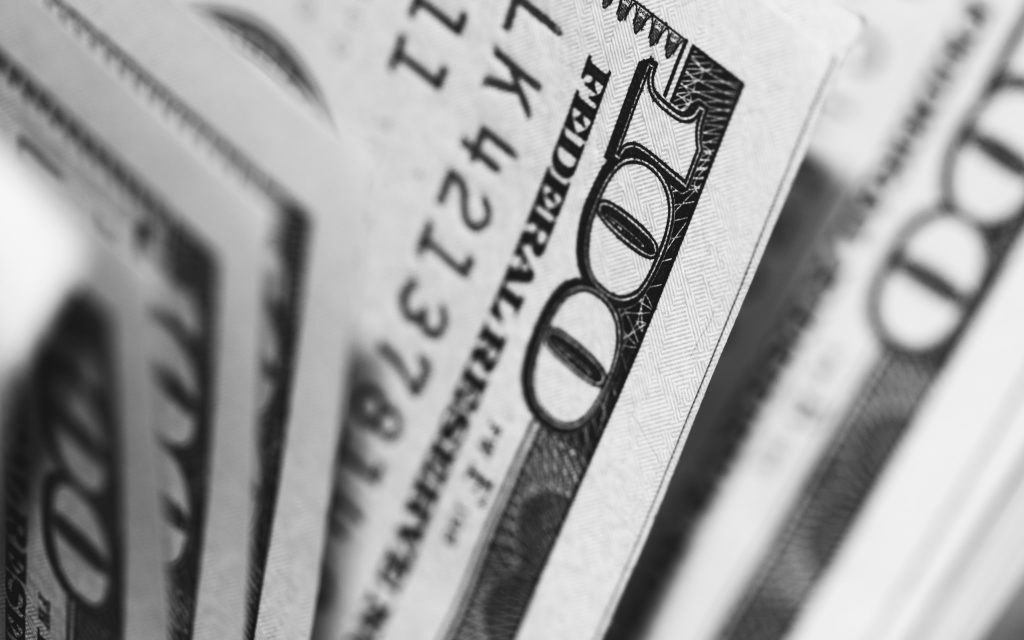You’re working on your craft, learning how to create a strong novel or intriguing non-fiction book. Great. But as much as you enjoy the writing itself, you’d really love to get paid for it. So what can you expect once you land that first book contract or magazine article? Let’s answer this question, how do authors get paid?
How Do Authors Get Paid?
Authors get their paychecks in one of two ways: a royalty or a flat fee. Royalty is a percentage of the price of each book sold. A flat fee is a one-time lump sum payment. Here’s how each one works:
Through Royalty
The royalty is specified in your contract and varies by publisher. But a common royalty rate is 10% for hardcover sales and 6%-8% for paperback. Traditionally, publishers paid the royalty on the actual retail price. However, more publishers now pay royalties on the net price, or the amount they actually receive from bookstores. Stores usually purchase books from publishers at a 30%-50% discount. Though payment on retail versus net price is generally non-negotiable, you can sometimes get a slightly higher royalty if you ask.
Advance
Most publishers pay the author an advance against future royalties. The author receives half the advance on signing of the contract, and the other half when they finish the final manuscript. If you’re getting a 10% royalty on the retail price of a $10 book, and your advance is $3000, then once your book is published it needs to sell 3000 copies before you’ll start receiving additional royalty checks. If the book never “earns back” the advance (selling less than 3000 copies), it’s the publisher’s loss. Of course, the publisher is hoping that your book will earn much more.
Publishers determine the amount of the advance through estimates of how much royalty the author would get on the book’s first printing. For a first-time author, the advance may be lower. Why? Because the author doesn’t have a track record and the publisher doesn’t have a certain number of sales. Authors with an established following may command a larger advance because they have a built-in audience.
New authors always want to know the numbers. Just how much of an advance can they expect for a picture book or a middle grade novel? Unfortunately, there’s no easy answer. A small publisher may not have the resources to lay out more than a few hundred dollars upfront, but might be willing to give a higher royalty. A first-time author is always a risk for any publisher, and so the advance will be lower than for a second or third book. But remember that the advance is really just a payment on future royalties; if your book sells well, you’ll get the money in the long run.
You also need to realize that for a picture book, the author and illustrator will split the advance and royalty. So if you write the text but don’t supply the pictures, you’ll get one-half the royalty (5%) and one-half the advance. For books with only a few black-and-white illustrations, the author gets most if not all of the royalty, and the illustrator is paid separately.
Through Flat Fee
A flat fee means the publisher will pay you in one lump sum for your book, and you won’t receive any royalties. If you’re one of several authors writing a book for an established series, if you’re creating material for a book packager who does mass market series titles produced under one pseudonym, or if you’re hired to write a television tie-in novel or work with licensed characters, you’ll probably be paid in a flat fee. The copyright may be in your name or that of the publisher’s. While it’s always nice to get royalties, flat fees may provide you with more money in one lump sum, and many authors take these kinds of jobs when they’re establishing a name for themselves. Magazines always pay flat fees.
If My Books Sells for $16, Why Do I Only Get $1.60?
Believe it or not, the publisher doesn’t walk away with a $14.40 profit on a $16 book. A little bit of the publisher’s overhead is paid by each book sold. A large group of people will work on your book: the editor, copyeditor, proofreader, managing editor, art director, production manager, marketing department, sales staff, and subsidiary rights (not to mention all their assistants), and everyone gets a salary. Your book needs to be printed (probably overseas, especially if it’s a picture book) and shipped to stores. Publicity efforts may include sending out review copies (which come out of the publisher’s pocket), printing up posters or bookmarks, taking out ads in review journals, and sending the sales staff to book conventions. Your book has to justify all these expenses, and still have something left over for the publisher.
By Laura Backes
Laura Backes is the author of “Best Books for Kids Who (Think They) Hate to Read” from Random House. She’s also the publisher of Children’s Book Insider, the Newsletter for Children’s Writers.

